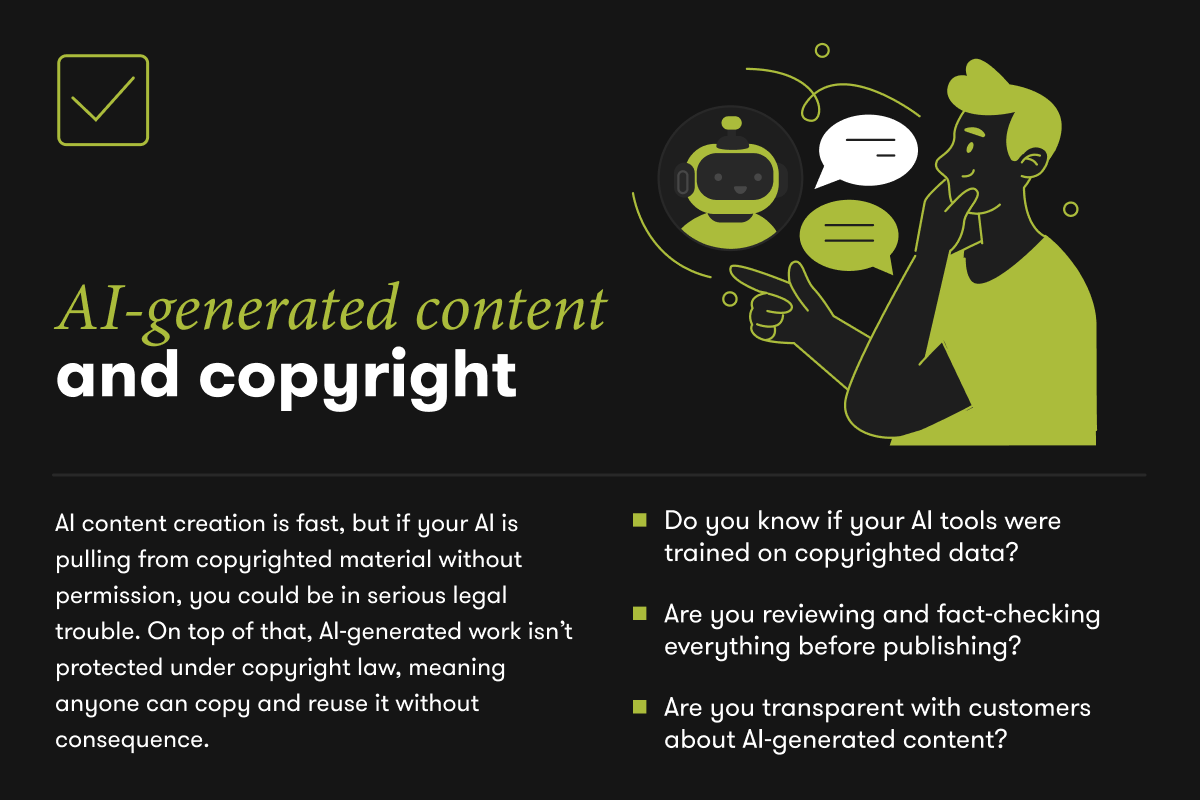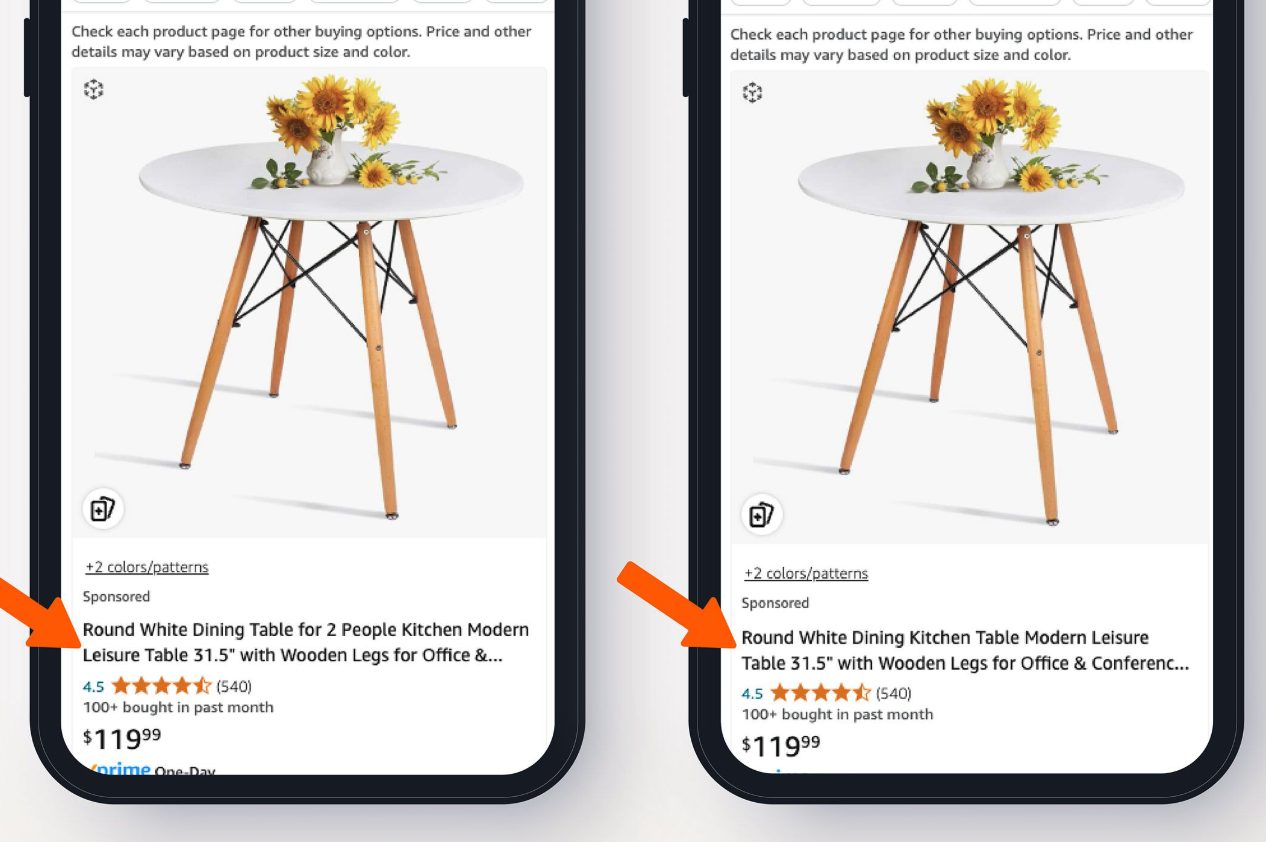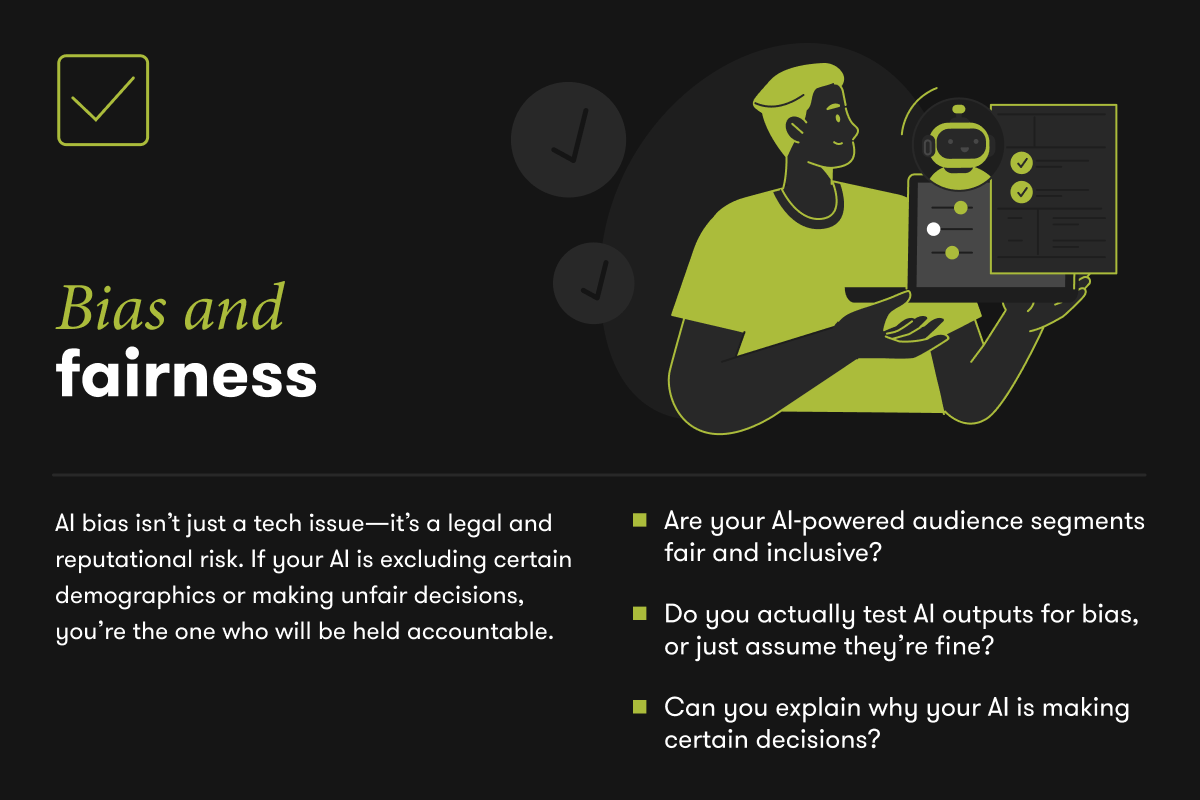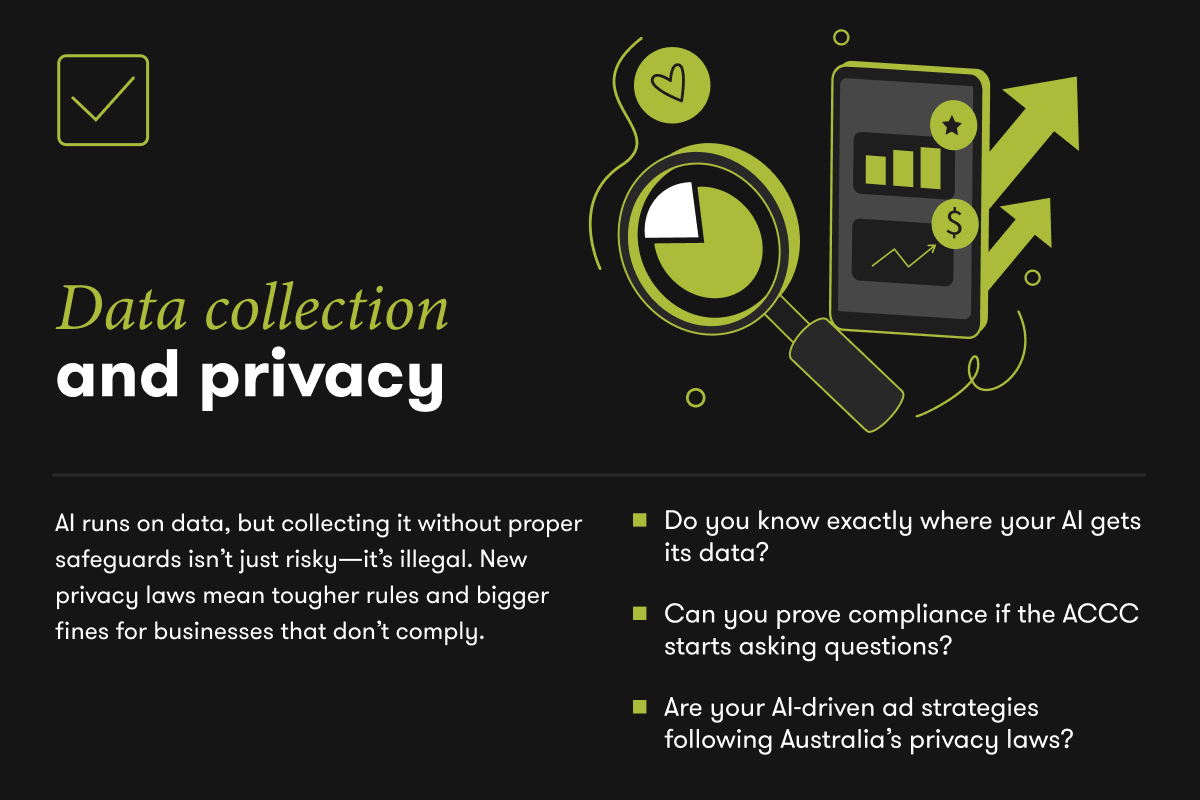

AI-driven personalisation isn’t some futuristic concept—it’s happening now. The brands that get it right see higher conversions, better retention, and customers who actually feel like the brand “gets” them. The ones that don’t? They’re still scratching their heads, wondering why their email open rates are lower than a gym in December.
But let’s be honest—scaling personalisation is hard. You can’t manually tailor content, offers, and messaging for thousands (or millions) of customers without running your marketing team into the ground. That’s where AI comes in.
And no, we’re not just talking about slapping a chatbot onto your website. AI-driven personalisation isn’t about automation—it’s about intelligence. It predicts customer needs before they act, adapts messaging in real-time, and customises entire customer journeys without missing a beat.
And the best part? This isn’t just for tech giants anymore. AI is now accessible to businesses of all sizes, making smart, personalised marketing possible—without the big-budget tech stack.
Most brands know personalisation is important, but many still get it spectacularly wrong.
One common mistake is relying on outdated rule-based segmentation—grouping customers into broad categories and assuming they all want the same thing. Just because two people bought running shoes doesn’t mean they have identical fitness goals. One might be training for a marathon, while the other just wants comfy sneakers for the coffee run. AI personalisation ditches the guesswork and makes decisions based on actual behaviour, not assumptions.
Another issue? Brands set up basic personalisation tactics—like pre-scheduled email flows—and call it a day. The problem is, customers don’t follow a script. They jump from social media to websites to emails, expecting a seamless, reactive experience. AI connects these dots in real time so your marketing doesn’t feel like a clunky, outdated system that still thinks it’s 2015.
And then there’s the classic fragmentation problem. Your email says one thing, your ads say another, and your chatbot is in a world of its own. If your personalisation isn’t unified across every touchpoint, customers notice—and not in a good way. AI makes sure your messaging actually talks to itself, so customers aren’t left wondering if you’re running multiple personalities.
If you want AI-driven personalisation that doesn’t feel robotic or forced, here’s where to start.
AI is only as good as the data it’s fed. If your customer data is a chaotic mess, don’t expect AI to magically clean it up. Behavioural data (website clicks, purchase history, abandoned carts), engagement data (email opens, ad interactions), and intent data (search queries, content consumption) are all crucial.
If your data is scattered across multiple platforms, you’ll need a Customer Data Platform (CDP) to centralise everything. Tools like Segment, Twilio CDP, or Bloomreach create a single, unified customer profile so AI can actually work with something useful.
Think of it like making coffee—without the right beans, even the best machine won’t save you.

Personalisation is more than just swapping out names in an email. AI enables real-time adjustments to website headlines, homepage banners, product recommendations, and email subject lines based on what customers are actually doing, not what you assume they’ll do.
Let’s say a customer has been eyeing a particular pair of running shoes but hasn’t bought them yet. The next time they visit your site, they don’t just see generic product categories—they see a homepage banner featuring those exact shoes, maybe even with a limited-time discount. If they still don’t bite, an AI-powered follow-up email highlights glowing customer reviews. If that doesn’t work, a retargeting ad with a subtle nudge (or a stronger discount) seals the deal.
AI doesn’t just follow up—it follows through.
AI doesn’t just react to customer behaviour—it predicts and adapts in real-time. It ranks leads based on the likelihood to convert, suggests the next best action, and even adjusts pricing dynamically based on demand, competitor activity, and customer history.
A static discount code might work, but an AI-driven, time-sensitive offer? That’s how you nudge a hesitant customer over the edge.
Forget the “ideal customer journey” drawn up in a boardroom. Customers behave unpredictably, and AI ensures personalisation adapts in the moment.
An AI-powered chatbot, for example, doesn’t just offer generic FAQ answers—it learns from previous interactions to provide smarter, more relevant responses over time. No more scripted, robotic chat experiences—just genuinely helpful conversations.

This isn’t just theory—brands are already using AI to create personalised experiences that actually work.
Amazon has mastered AI-driven recommendations by continuously adjusting based on browsing history, purchase patterns, and similar customer behaviour. That’s why you go in for a phone charger and leave with a new kitchen gadget you didn’t even know existed.
LinkedIn’s AI-powered account-based marketing (ABM) personalises ad creatives dynamically, identifies key decision-makers in target companies, and even predicts deal likelihood. It’s like having a 24/7 account strategist—minus the inflated salary.
Slack uses AI to track engagement, predict which users are at risk of churning, and trigger personalised onboarding flows to re-engage them. It’s like having a sixth sense for customer retention.

AI personalisation is powerful, but it’s not perfect. If you’re not careful, it can go very, very wrong.
AI bias is real: If your AI is trained on biased data, it will make biased decisions. Regular audits and diverse data sources help prevent this.
Privacy isn’t optional: Customers are more aware than ever of how their data is used. Be transparent, follow GDPR and CCPA regulations, and don’t overstep the creepy factor. Nobody likes a brand that feels like it’s reading their mind a little too well.
Over-automation kills the human touch: Just because AI can do something doesn’t mean it should. AI should enhance personalisation, not turn every interaction into a sterile, robotic experience. The best AI-driven personalisation still feels human.

The next wave of AI personalisation is already on the horizon. AI-generated hyper-personalised content will allow brands to create entire marketing campaigns tailored to each individual customer. Emotion AI will adjust messaging based on real-time sentiment analysis. AI-powered virtual shopping assistants will provide instant, personal recommendations just like a real in-store experience—minus the awkward sales pitch.
One thing is clear: generic, one-size-fits-all marketing is dead.
Personalisation isn’t just about making customers feel special—it’s about driving measurable results. The brands that leverage AI effectively will dominate their industries, while the ones that stick to outdated, manual personalisation efforts will fall behind.
So the real question is: are you leading the AI personalisation revolution, or are you still hoping old-school tactics will somehow keep up?
If you’re ready to implement AI-driven personalisation that actually delivers, let’s chat.
what our clients are saying
create business. better everyday.
Let's Talklearn from the best minds in the business
Bodie provides some insight into Dilate's internal operations. How we approach what we do, and how we strive to be Better Everyday.





